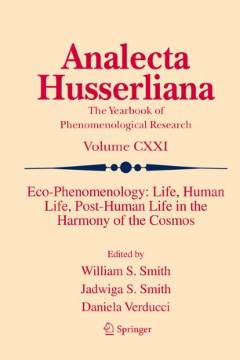Repository | Book | Chapter

(2018) Eco-Phenomenology, Dordrecht, Springer.
Life and human life in the system of world coordinates on the basis of extreme dynamic equilibriums
Nikolay N. Kozhevnikov , Vera S. Danilova
pp. 175-186
Life is a complex of natural formations, and Human Life is even more a complex of cultural formations. Their geneses connect with the principles, rhythms, and laws of self-organization, deterministic chaos, and the coordinate system of the world on the basis of a marginal dynamic equilibrium. All natural and cultural formations strive to achieve three fundamental equilibriums: identification, a communication-network, the full-time existence of its formation. However, they never reach these limits. The coordinate systems are created by parts of natural and cultural formations, at the expense of the energy that is balanced within them. It creates a general "cell dynamic equilibrium" for its formations and coordinate systems.The surrounding world consists of two unequal parts. On the one hand, there are the chains and structures of interrelated limit dynamic equilibriums. In the formations at various levels of organization of the world, they are the same. On the other hand, there is the rest of the world, covering nonequilibrium processes and phenomena. All the natural and cultural formations and their structures can be related to the ultimate three types of fundamental equilibriums. These limits are mapped to the coordinate axis, which is associated with these fundamental limits. All the processes on the unknown levels in the world are balanced by means of the "marginal boundary surfaces" such as "inertia," "quasi-static processes," "spirituality." They are simpler than the others and are associated with the natural coordinate system of the world.
Publication details
DOI: 10.1007/978-3-319-77516-6_13
Full citation:
Kozhevnikov, N. N. , Danilova, V. S. (2018)., Life and human life in the system of world coordinates on the basis of extreme dynamic equilibriums, in W. S. Smith, J. Smith & D. Verducci (eds.), Eco-Phenomenology, Dordrecht, Springer, pp. 175-186.
This document is unfortunately not available for download at the moment.



